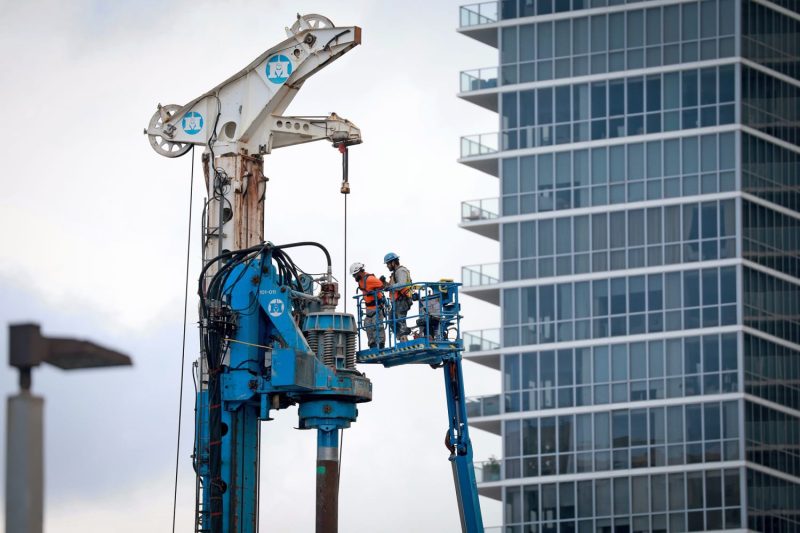In a significant boost to the economic recovery, the U.S. economy added an impressive 353,000 jobs in January 2022, far surpassing the anticipated figures. Adding these jobs reflects a continued rebound from the economic impacts of the COVID-19 pandemic and signifies a robust economic performance.
The January job gain figures released by the Bureau of Labor Statistics (BLS) came as a surprise to many economists, who had predicted a slower job growth rate due to the surge in Omicron variant cases. Their forecasts were largely based on high infection rates that could potentially disrupt businesses and deter hiring. However, the job market appears resilient, navigating the pandemic’s difficulties to sustain consistent growth in job creation.
The 353,000 jobs gained spread across various sectors, with professional and business services, transportation and warehousing, healthcare, and leisure and hospitality being some of the industries that added the most jobs. The healthcare sector demonstrated particular resilience, adding jobs consistently even amidst the pandemic.
A deeper look at the BLS data reveals that professional and business services added 93,000 jobs, reflecting a surge in demand for such services. The transportation and warehousing sector grew by 64,000, driven by increasing trade activities. Furthermore, 53,000 jobs were added in the healthcare sector, as it continues to combat the pandemic. The leisure and hospitality sector, which was significantly hit during the pandemic, showed signs of recovery by adding 64,000 jobs.
Another crucial factor weighing heavily on the economic metrics is the unemployment rate, which effectively measures the number of people actively seeking employment. Despite the employment gains, the unemployment rate did slightly inch up to 4% in January from 3.9% in December. This increase owes primarily to more people getting encouraged to look for work because of promising economic indicators. While an increase in the unemployment rate may appear counterintuitive given the job gains, this can also signify a strong labor market that’s drawing more people into job hunting.
The better-than-expected jobs report for January backs the Federal Reserve’s recent signal about tightening monetary policy soon to combat inflation. With strong job creation, policymakers may be more confident in their decisions to pull back on measures that were implemented to stimulate economic growth during the pandemic. This could indicate a potential interest rate hike in the near future.
Despite concerns surrounding the Omicron variant and other potential disruptions such as supply chain issues and inflation, these job figures suggest the U.S. economy has a robust foundation. Continuous job growth not only boosts workers’ earnings and supports consumer spending but also fosters business confidence, which can lead to further investment and job creation.
All in all, the addition of 353,000 jobs in January offers a powerful testament to the resilience and strength of the U.S. economy. While challenges persist, the overall trend is undeniably optimistic, reflecting the ability of the U.S. economy to adapt, endure, and thrive amidst adversity. The robust job growth could help to cushion any upcoming economic challenges and sustain the ongoing recovery.
The flexibility and adaptability demonstrated by businesses and workers alike during this time of uncertainty bode well for the future. Therefore, if the U.S. economy continues on this trajectory, there could be much more substantial job growth on the horizon, further aiding the goal of full economic recovery.











